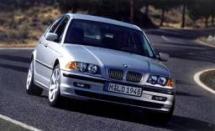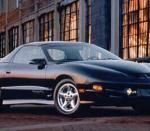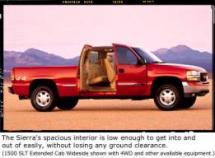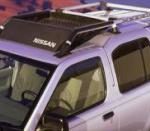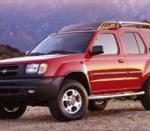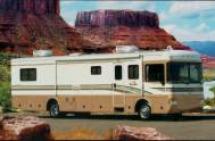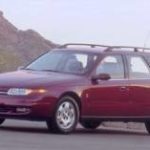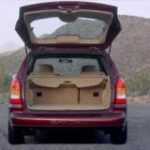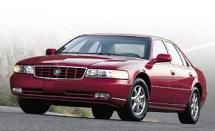Overview:
I totally enjoyed the ride to Scottsdale Arizona in this 2000 BMW 323Ci coupe. It is one of two new coupes for 2000. The other is the 328Ci and sports a 2.8 liter engine with 23 more horsepower. But the 2.5 liter 170 horsepower in this 323Ci is more than adequate. It has the power and handling characteristics of a sports car. And if you only have need for a two door coupe this is a nice quality automobile built for the autobahn’s of Germany and the world. On our trek to Arizona for a wedding we had to deal with typical cross winds but they lasted non-stop for the entire trip. Even so, I felt no worse for wear because the seats are comfortable and the ride was smooth. We arrived rested after a 5 ½ hour drive from L.A.
The rear seat is also comfortable and roomier than I expected for a coupe. And I was impressed with how they made entry and exit for the back seat easier than most coupes. Each front seat glides forward almost 4 inches when you pull the backrest forward. Thus the seat is up and out of the way much better than conventional seat movement. The trunk is also quit spacious. It easily held two suit cases, a gift the size of a suitcase, my golf clubs and all the other stuff women seem to need for a long week end. We didn’t bring the ironing board or the sink because I thought the golf stuff was more important. Ok, the truth – I was simply too lazy to remove them before we left. Well I confess, I had hoped to be forced to play a round of golf while there. As it turned out the groom and his support group did play 18 holes. If I had known, I would have left the night before. My kind of wedding.
In addition to the luggage in the trunk we had hanging suit bags on both sides of the back seat and some junk food snacks. I really thought it would take much longer, but thanks to the speed limit increase in Arizona you can really make good time. I love that state. It reminds me of the old west when men were men and women were women and you could tell the difference between them. On occasion you’ll even see a dude or dudette with a pistol holstered to their side. Never know when you’ll be attacked by snakes. I hate snakes. But I love to drive and I love speed, and if you’re like me you’re going to be as impressed as I was with how much power is available from this inline 6-cylinder.
BMW says there is more difference between the sedan’s and the coupes than just going from 4-doors down to 2-doors. But quite frankly the differences are not all that significant. The biggest dimension difference is that the coupes set 1.8 inches lower than the sedans and the windshield is raked 2 degrees more. More noticeable to me were the frameless windows like those on convertibles. Typically they don’t seal well and you get a lot of wind noise. BMW had the good sense to make the window drop slightly to clear the weather seal while opening and closing the door.
The rear windows open out like prior coupes but are now power activated rather than manually operated. On-board computers are standard on these coupes and although there are a few manual features for this entry level BMW it is as full featured as I would expect for the money, and arguably as much as you need. Cost is kept down with things like leatherette in place of real leather seats and the tilt and telescopic steering wheel adjusts manually. I’m not the biggest BMW fan because of the high repair cost typical of model years of Christmas’s past. However, I could see myself buying a BMW today in light of the improved quality over the years. It’s a cute coupe that handles well, is comfortable and has lots of power.
The competition:
1999 Acura TL $28,400, 2000 Audi A4 $23,990-$28,790, 2000 Cadillac Catera $30,860, 2000 Infiniti I30 $29, 465-$31,540, 2000 Lexus ES 300 $31,405, 2000 Mazda Millenia $24,995-$30,995, 2000 Mercedes-Benz C-Class $31,750-$53,000, 2000 Saab 9-3 $25,900-$44,995, 2000 Volvo C70 $34,000 – $45,500.
Good News:
Roomy interior, nice styling, good fit and finish, smooth ride and in the hunt with the competition.
Bad News:
Steering is desensitized so you get less road feedback.
Standard Equipment:
2.5 liter inline 6-cylinder 170 horsepower engine, five speed manual transmission, 4-wheel antilock disc brakes, Dynamic Stability Control, traction control, dual front and side airbags, antitheft system, halogen headlights and fog lights, keyless entry system, climate control, tilt and telescopic steering column, cruise control, audio system with cassette, 6-way front adjustable seats, split fold down rear seats, 4-function computer.
Gas Stats:
20 City and 29 Highway MPG.
Pricing:
MSRP $28,990
Your comments are welcomed. My e-mail is joe@atthewheel.com
Copyright © 2006 – An Automotive Love Affair

